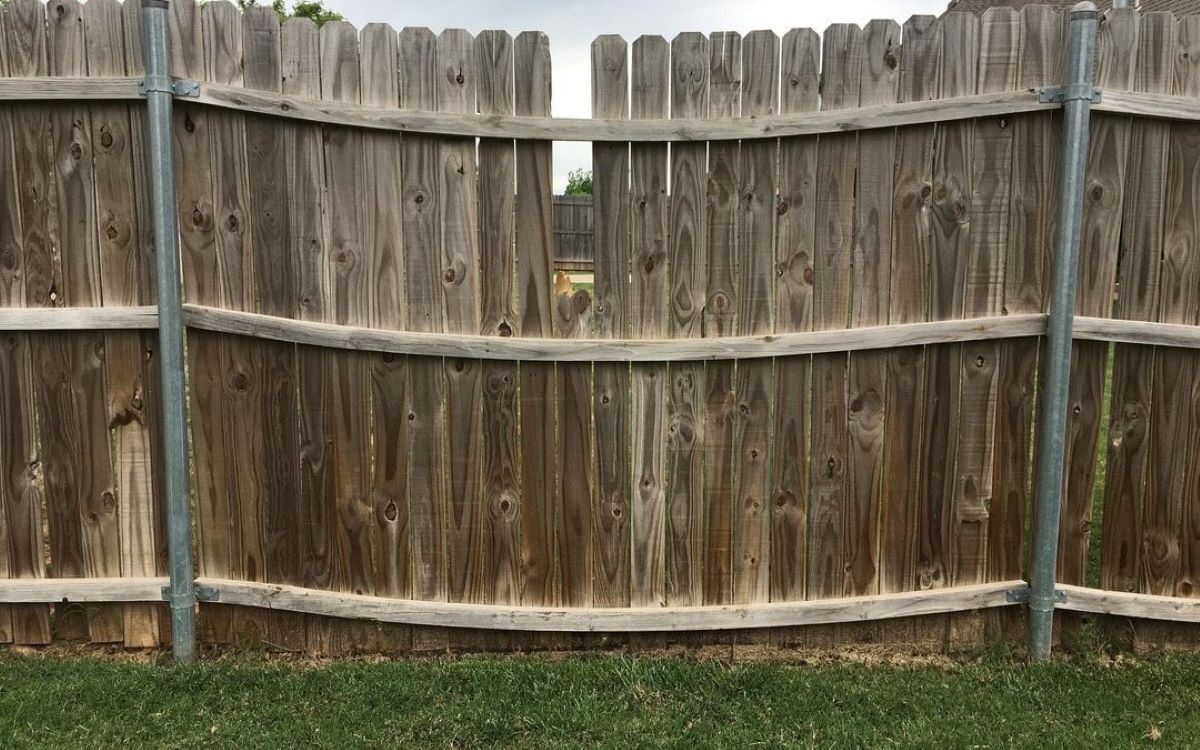

Articles
How Much To Replace A Fence
Modified: August 31, 2024
Looking for articles on how much it costs to replace a fence? Check out our comprehensive guide for all the information you need to know.
(Many of the links in this article redirect to a specific reviewed product. Your purchase of these products through affiliate links helps to generate commission for Storables.com, at no extra cost. Learn more)
Introduction
Replacing a fence in your property can be a necessary and worthwhile investment. Whether your fence is damaged, outdated, or you simply want to enhance the functionality and aesthetics of your outdoor space, knowing the cost involved is essential in making an informed decision. The cost of fence replacement can vary widely depending on several factors, such as the type of fence, the length of the fence, the materials used, and whether you hire a professional or take on the project yourself.
In this article, we will explore the factors that affect the cost of fence replacement, the average replacement cost for different types of fences, the pros and cons of hiring a professional versus doing it yourself, additional costs to consider, and some tips for saving money on fence replacement.
By understanding the various aspects of fence replacement and the associated costs, you will be better equipped to plan and budget for this home improvement project.
Key Takeaways:
- When replacing a fence, consider factors like material, height, and site conditions to estimate costs accurately. Obtaining multiple quotes and exploring alternative materials can help save money without compromising quality.
- Whether hiring a professional or opting for a DIY approach, careful planning and budgeting are crucial for successful fence replacement. Consider additional costs and follow cost-saving tips to achieve a beautiful and functional fence within your budget.
Factors Affecting the Cost of Fence Replacement
Several factors come into play when determining the cost of fence replacement. It’s important to consider these factors to get an accurate estimate and avoid any surprises along the way.
- Material: The type of material you choose for your fence will significantly impact the cost. Common options include wood, vinyl, aluminum, and chain link. Wood fences tend to be more affordable, while vinyl and ornamental metal fences tend to be more expensive.
- Fence Height and Length: The height and length of the fence will affect the total cost. Longer and taller fences require more materials and labor, resulting in a higher cost.
- Site Conditions: The condition of the site where the fence will be installed can impact the cost. If the terrain is uneven or requires extensive preparation, additional labor and equipment may be needed, increasing the overall cost.
- Gates: Including gates in your fence design is common for access points. However, adding gates will add to the cost due to the additional materials, hardware, and installation involved.
- Permits and Regulations: Some areas may require permits or have specific regulations for fence installation. Obtaining the necessary permits and complying with local regulations can come with additional costs.
- Location: The location of your property can impact labor costs. If you live in a highly populated area where the cost of living is higher, expect to pay more for labor.
It’s important to remember that these factors are interconnected, and the cost of fence replacement will vary depending on how they all come together in your specific project. Consulting with a professional or obtaining multiple quotes can help you get a clearer understanding of the cost breakdown.
Types of Fences and their Average Replacement Cost
There are various types of fences available, each with its own unique characteristics and average replacement cost. Let’s explore some popular options:
- Wood Fence: Wood fences are a classic and versatile option. They offer privacy and a natural aesthetic appeal. The average cost for replacing a wood fence ranges from $1,500 to $4,000, depending on the type of wood, fence height, and length.
- Vinyl Fence: Vinyl fences are known for their durability and low maintenance. They come in a variety of styles and colors. The average replacement cost for a vinyl fence ranges from $2,500 to $6,000, considering factors such as fence height and length.
- Aluminum Fence: Aluminum fences are stylish, durable, and often used for decorative purposes. The average cost for replacing an aluminum fence ranges from $3,000 to $7,000, depending on the fence height and length.
- Chain Link Fence: Chain link fences are affordable and provide security and visibility. The average replacement cost for a chain link fence ranges from $1,000 to $3,000, depending on the height and length of the fence.
- Composite Fence: Composite fences are a combination of wood and plastic materials, offering the look of wood without the maintenance. The average replacement cost for a composite fence ranges from $2,500 to $5,000, considering factors such as fence height and length.
These average costs are rough estimates and can vary depending on your location, additional features and customization, and the contractor you choose. It’s recommended to obtain multiple quotes from reputable fencing companies to get a more accurate idea of the costs specific to your project.
Hiring a Professional vs. DIY Fence Replacement
When it comes to fence replacement, you have the choice between hiring a professional contractor or taking on the project yourself. Let’s weigh the pros and cons of each option:
Hiring a Professional:
- Expertise and Experience: Professional fence contractors have the expertise and experience to handle all aspects of the project. They are knowledgeable about local regulations, can provide design suggestions, and ensure proper installation.
- Efficiency: Professionals can complete the job more efficiently since they have the necessary tools, equipment, and manpower. They can ensure that the project is completed within a reasonable timeframe.
- Quality Workmanship: Hiring professionals often results in a higher quality of workmanship. They have the skills to install the fence correctly, ensuring it is sturdy and durable.
- Insurance Coverage: Reputable fence contractors typically carry liability insurance, providing you with peace of mind in case of any accidents or damages during the installation process.
DIY Fence Replacement:
- Cost Savings: Undertaking the fence replacement yourself can save you money on labor costs, as you won’t have to pay for professional services.
- Flexibility and Control: DIY projects give you the freedom to have complete control over the design and installation process. You can customize the fence to your liking and work on your own schedule.
- Sense of Accomplishment: Completing a fence replacement on your own can provide a great sense of accomplishment and satisfaction.
However, it’s essential to consider your own skill level, available time, and the complexity of the project before deciding to go the DIY route. Fence installation requires physical labor, tools, and some level of technical knowledge. If you are unsure, it may be wise to hire a professional to ensure a smooth and successful installation.
In the end, weighing the pros and cons of hiring a professional versus DIY fence replacement will help you make the best decision based on your budget, available time, and skill set.
Get multiple quotes from different fence contractors to compare prices and services. Make sure to ask about the materials, labor costs, and any additional fees for a more accurate cost estimate.
Additional Costs to Consider
When planning for fence replacement, it’s important to consider additional costs that may arise during the project. These costs can vary depending on your specific circumstances and the scope of the project. Here are some common additional costs to keep in mind:
- Removal and Disposal: If you have an existing fence that needs to be replaced, there may be removal and disposal costs. This includes the cost of removing the old fence and disposing of the debris properly.
- Permits and Regulations: Depending on your location, you may need to obtain permits for fence replacement. These permits can have associated costs and may require specific documentation or inspections to comply with local regulations.
- Staining or Painting: If you choose a wood fence, you may need to stain or paint it after installation. This will add additional costs for materials and labor if you decide to hire a professional painter.
- Landscaping and Clearing: Fence replacement may require clearing the area of vegetation or landscaping that could obstruct the installation. Depending on the extent of the work, you may need to hire a landscaper to help prepare the site.
- Utility Lines: Before proceeding with fence replacement, it’s crucial to locate and mark any underground utility lines. If there are lines that need to be moved or adjusted to accommodate the new fence, additional costs may be incurred.
- Accessories and Upgrades: Adding accessories or upgrades to your fence, such as decorative post caps, gates, or security features, will increase the overall cost. Take these into account when budgeting for the project.
It’s important to factor in these additional costs when estimating the total expense of your fence replacement project. By being prepared and considering all potential costs, you can avoid last-minute financial surprises.
Read more: How Much For A Fence Gate
Tips for Saving Money on Fence Replacement
Replacing a fence can be a significant investment, but there are ways to save money without compromising on quality. Here are some tips to help you reduce costs during your fence replacement project:
- Obtain Multiple Quotes: Get quotes from different fence contractors to compare prices. This will allow you to find the most competitive pricing while ensuring you choose a reputable company.
- Consider Alternative Materials: Explore different materials that offer a similar aesthetic at a lower cost. For example, opting for a vinyl fence instead of a wood fence can provide long-term savings due to its low maintenance requirements.
- Do Some of the Work Yourself: If you have some DIY skills, consider taking on certain tasks, such as clearing the site, removing the old fence, or painting/staining the new fence. This can significantly reduce labor costs.
- Choose Standard Sizes: Custom-made fences can be more expensive. Opt for standard fence sizes that are readily available and less costly.
- Reuse Materials: If your existing fence is still in good condition, consider reusing certain materials, such as posts or hardware, to save money on replacements.
- Shop for Materials: Take the time to research and compare prices for materials. Look for sales, discounts, or clearance deals at local suppliers to find quality materials at a lower cost.
- Minimize Design Features: While decorative elements can enhance the look of your fence, they can also increase expenses. Consider opting for a simpler design without compromising on functionality.
- Maintain Proper Maintenance: Regularly maintain your new fence to extend its lifespan. This includes cleaning, staining or painting (if necessary), and addressing any minor repairs promptly. Proper maintenance can prevent costly repairs or premature replacement.
It’s important to find the right balance between cost savings and quality when implementing these tips. Be sure to do thorough research, consult with professionals if needed, and choose materials and contractors that offer good value for your budget.
By following these cost-saving tips, you can achieve a beautiful and functional fence without breaking the bank.
Conclusion
Replacing a fence is a significant investment that can enhance the functionality, aesthetics, and security of your property. Understanding the factors that affect the cost of fence replacement, as well as the average replacement cost for different types of fences, is essential in planning and budgeting for this project.
Deciding whether to hire a professional or take on the project yourself requires careful consideration of your skills, available time, and budget. While hiring a professional ensures expertise, efficiency, and quality workmanship, DIY fence replacement can save you money and provide a sense of accomplishment.
When estimating the cost of fence replacement, it’s important to consider additional expenses such as removal and disposal, permits and regulations, staining or painting, landscaping, utility lines, and accessories. Factoring in these costs will help you get a more accurate idea of the total expense involved.
To save money on fence replacement, obtain multiple quotes, consider alternative materials, do some of the work yourself, choose standard sizes, reuse materials, shop for materials wisely, minimize design features, and maintain proper maintenance.
In conclusion, replacing a fence requires careful planning, budgeting, and consideration of various factors. By researching, obtaining multiple quotes, and making informed decisions, you can successfully replace your fence while staying within your desired budget. Whether you decide to hire a professional or take on the project yourself, a new fence can enhance the beauty, privacy, and functionality of your outdoor space for years to come.
Frequently Asked Questions about How Much To Replace A Fence
Was this page helpful?
At Storables.com, we guarantee accurate and reliable information. Our content, validated by Expert Board Contributors, is crafted following stringent Editorial Policies. We're committed to providing you with well-researched, expert-backed insights for all your informational needs.
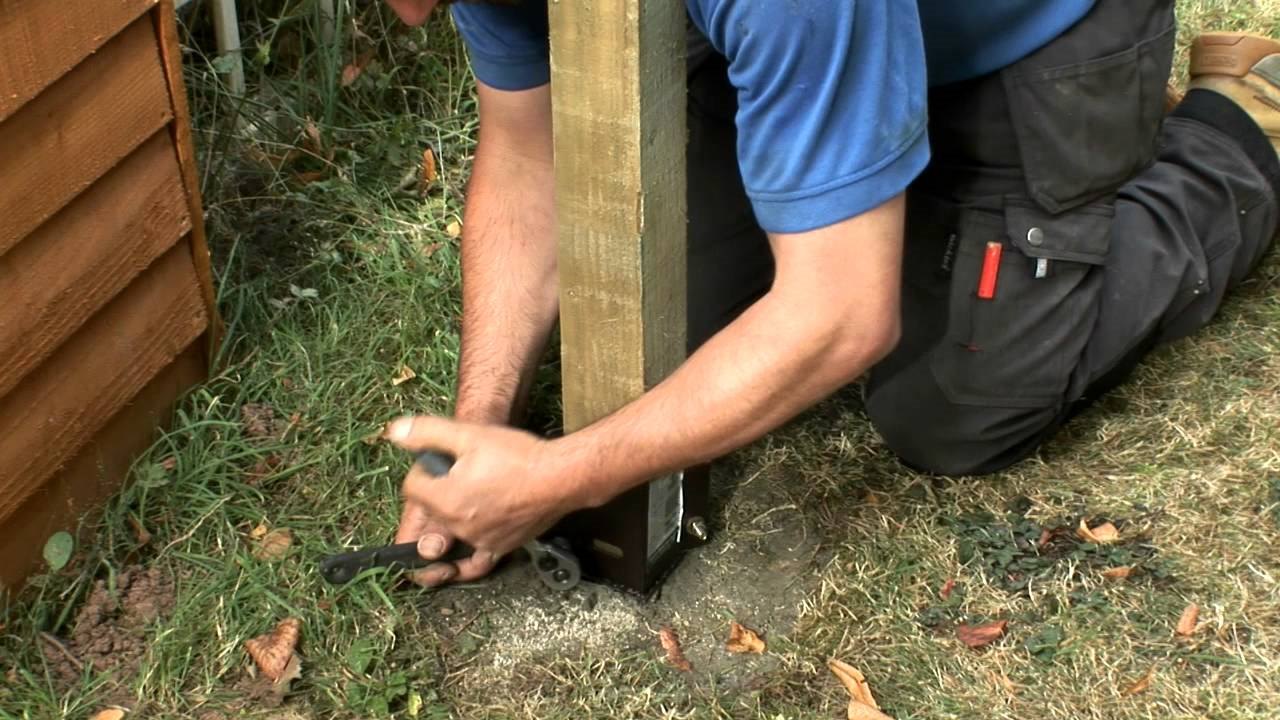

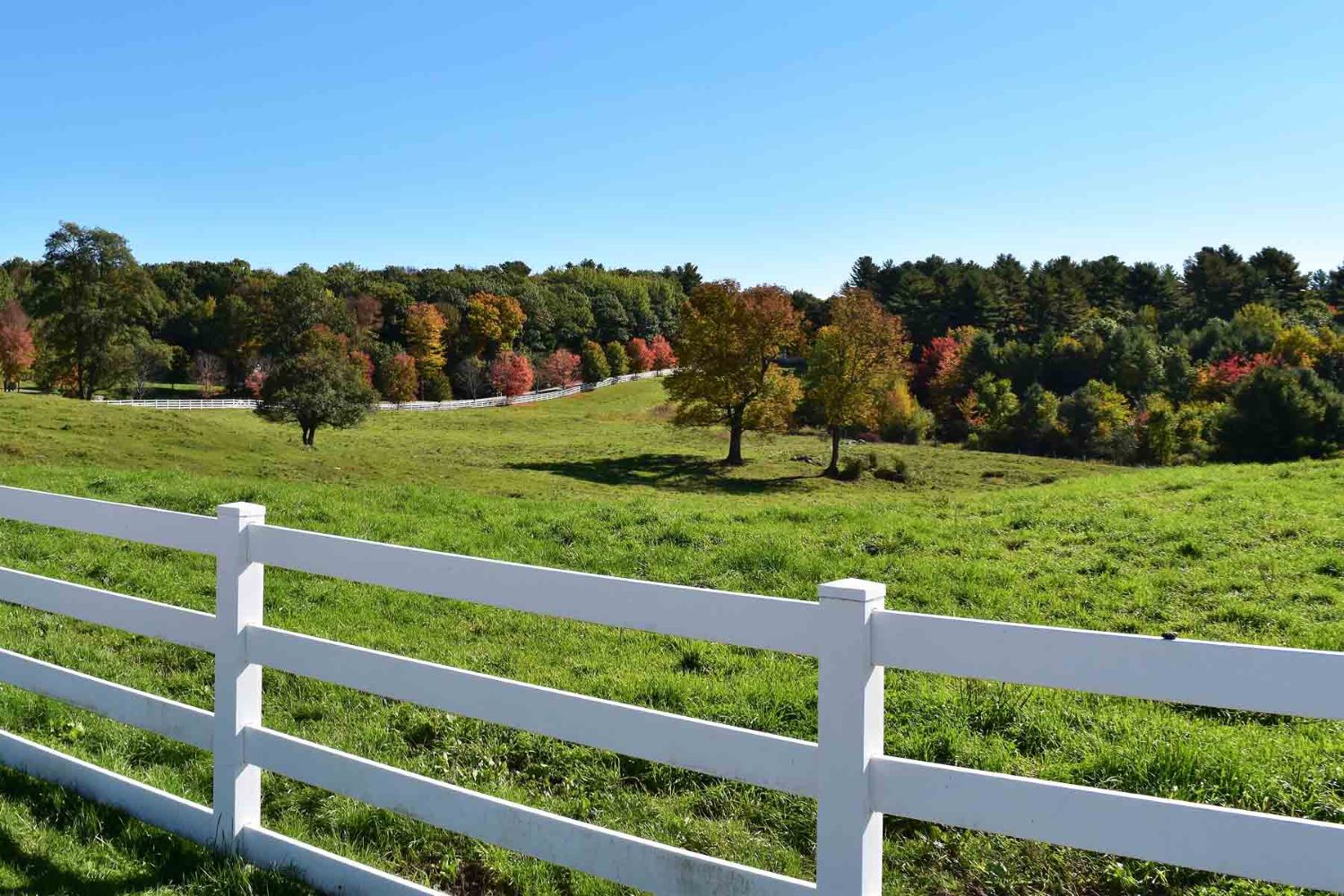
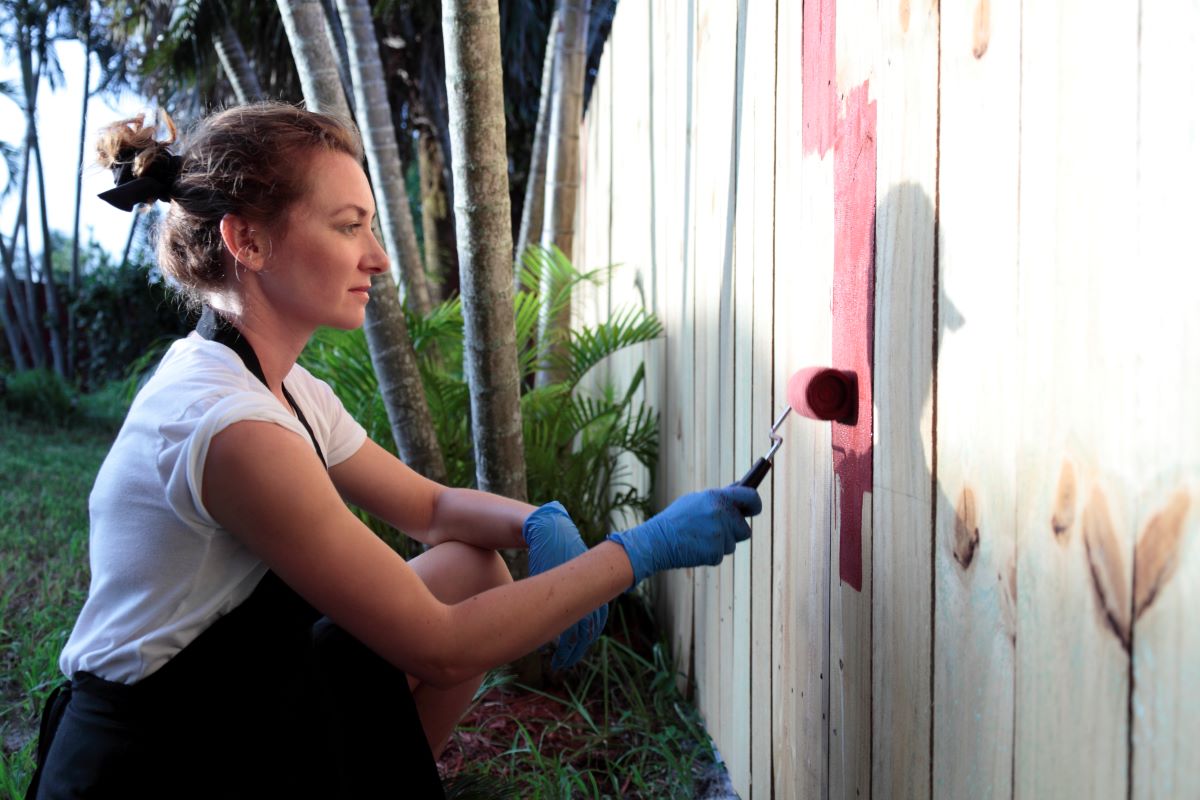
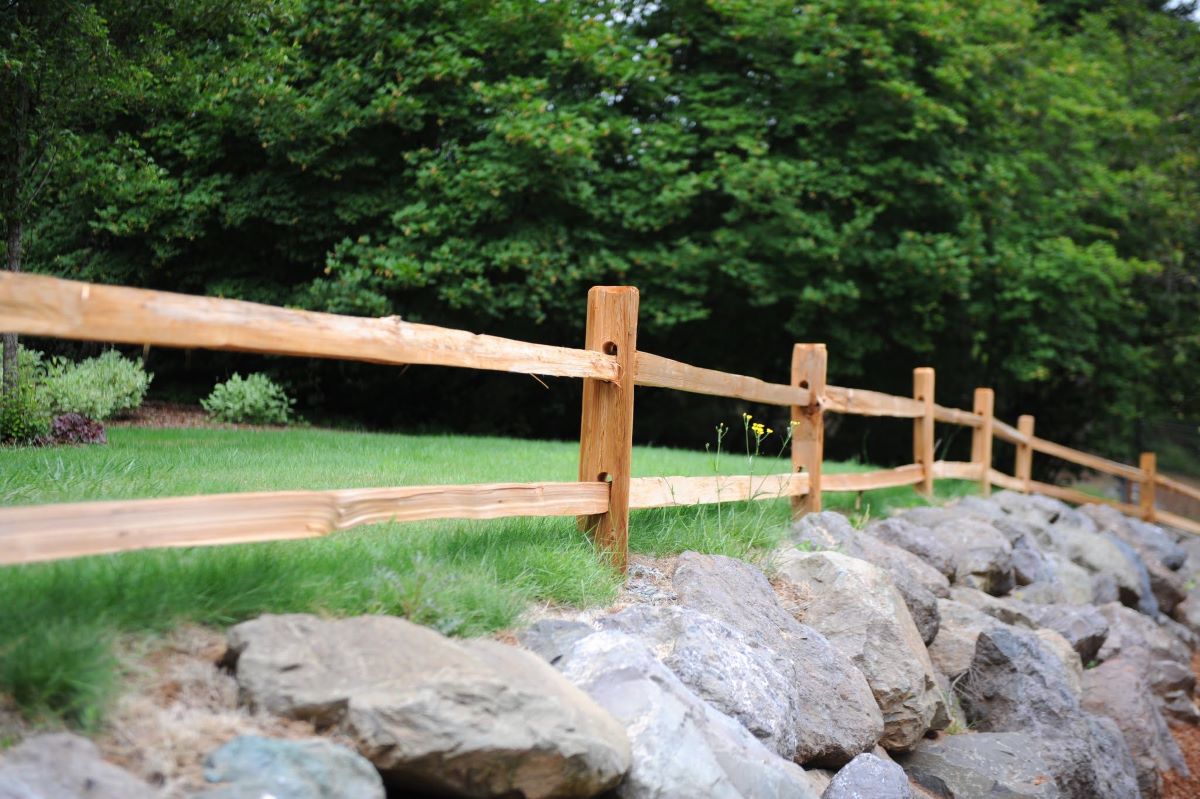
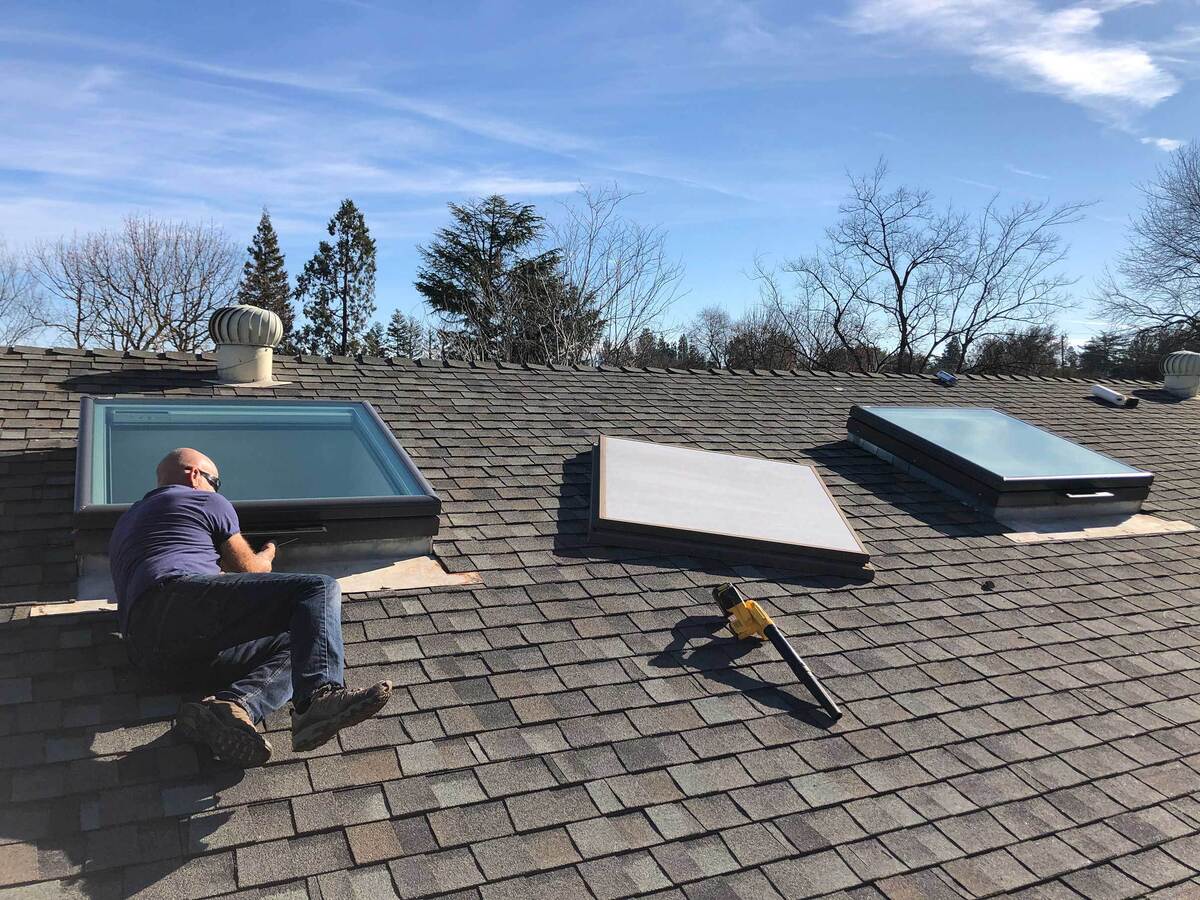
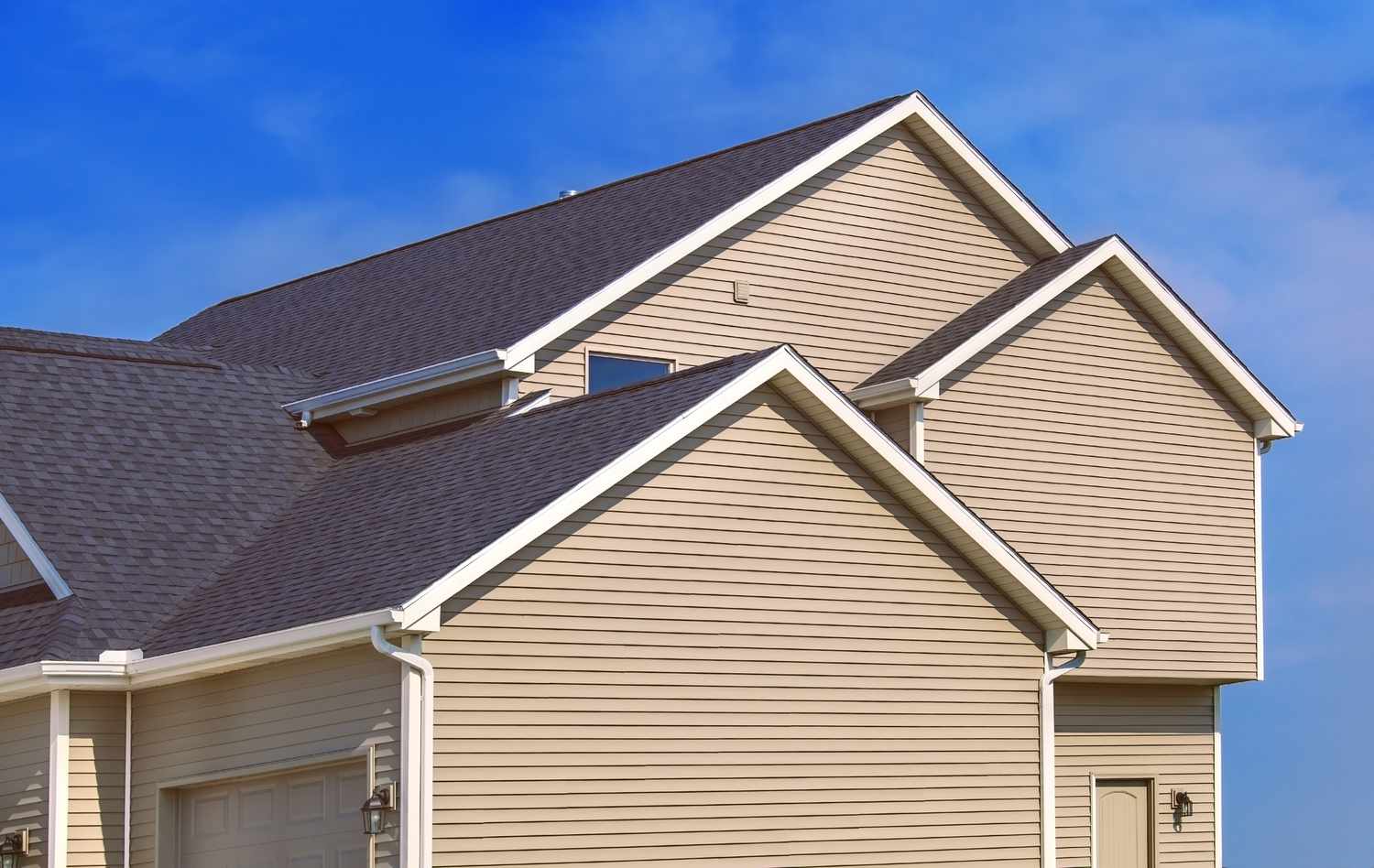
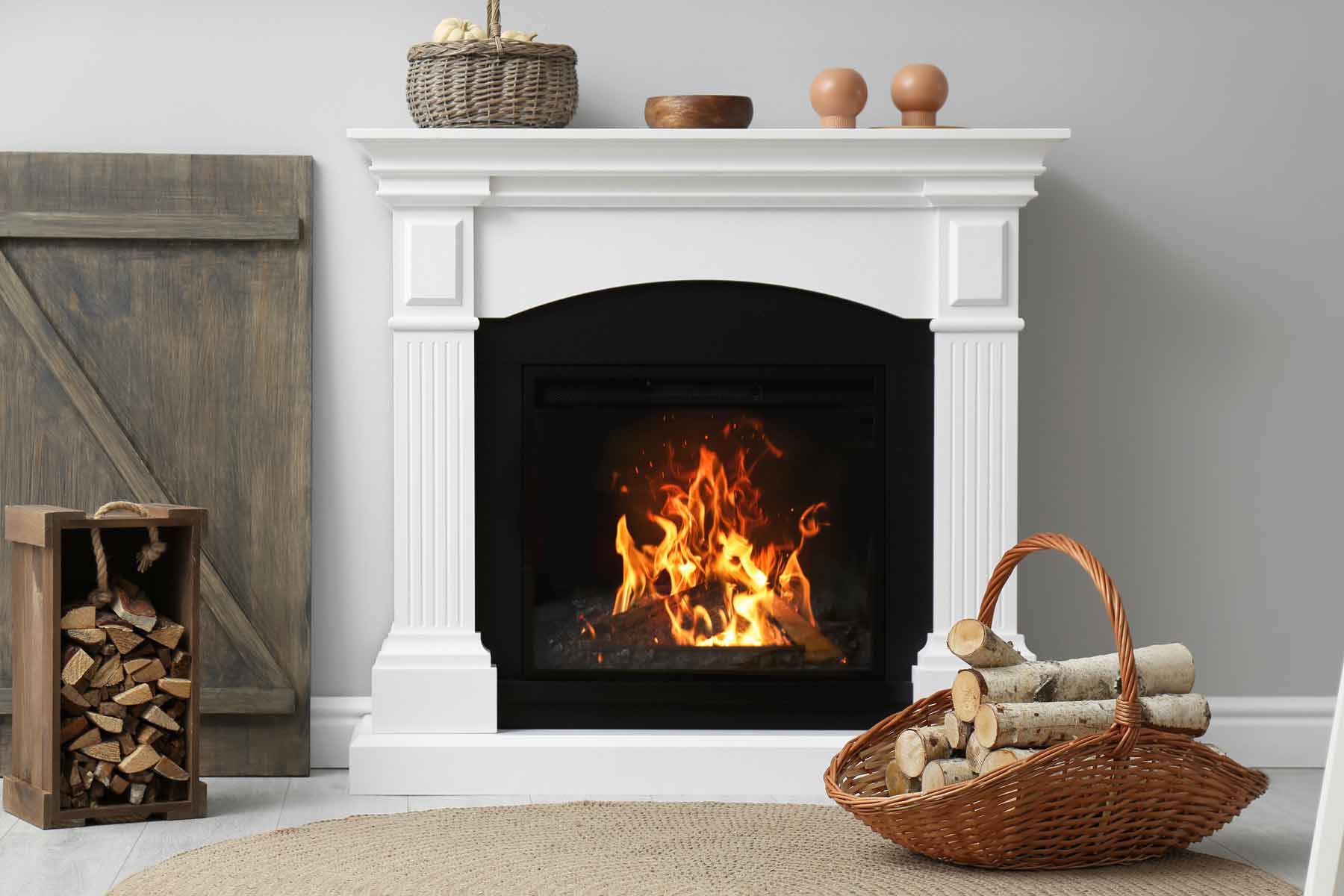
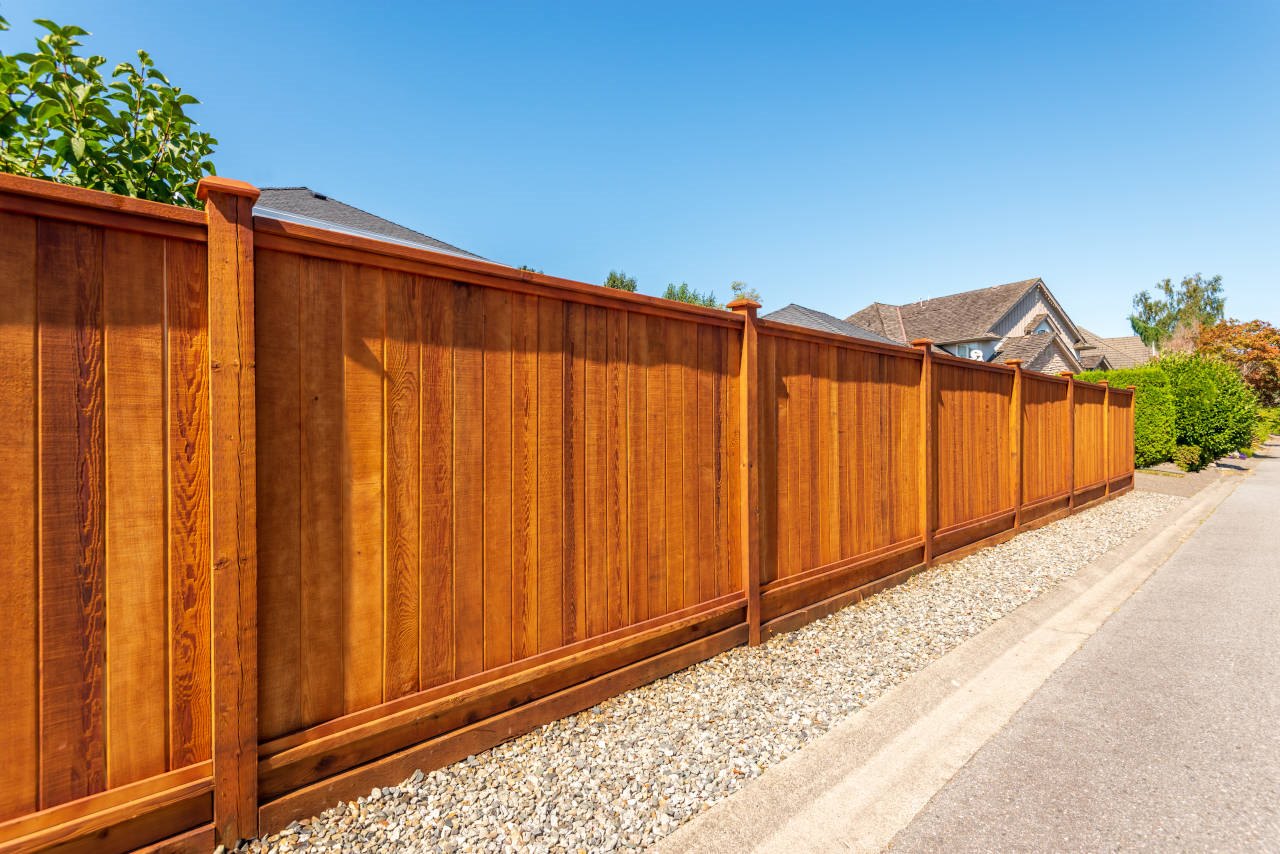
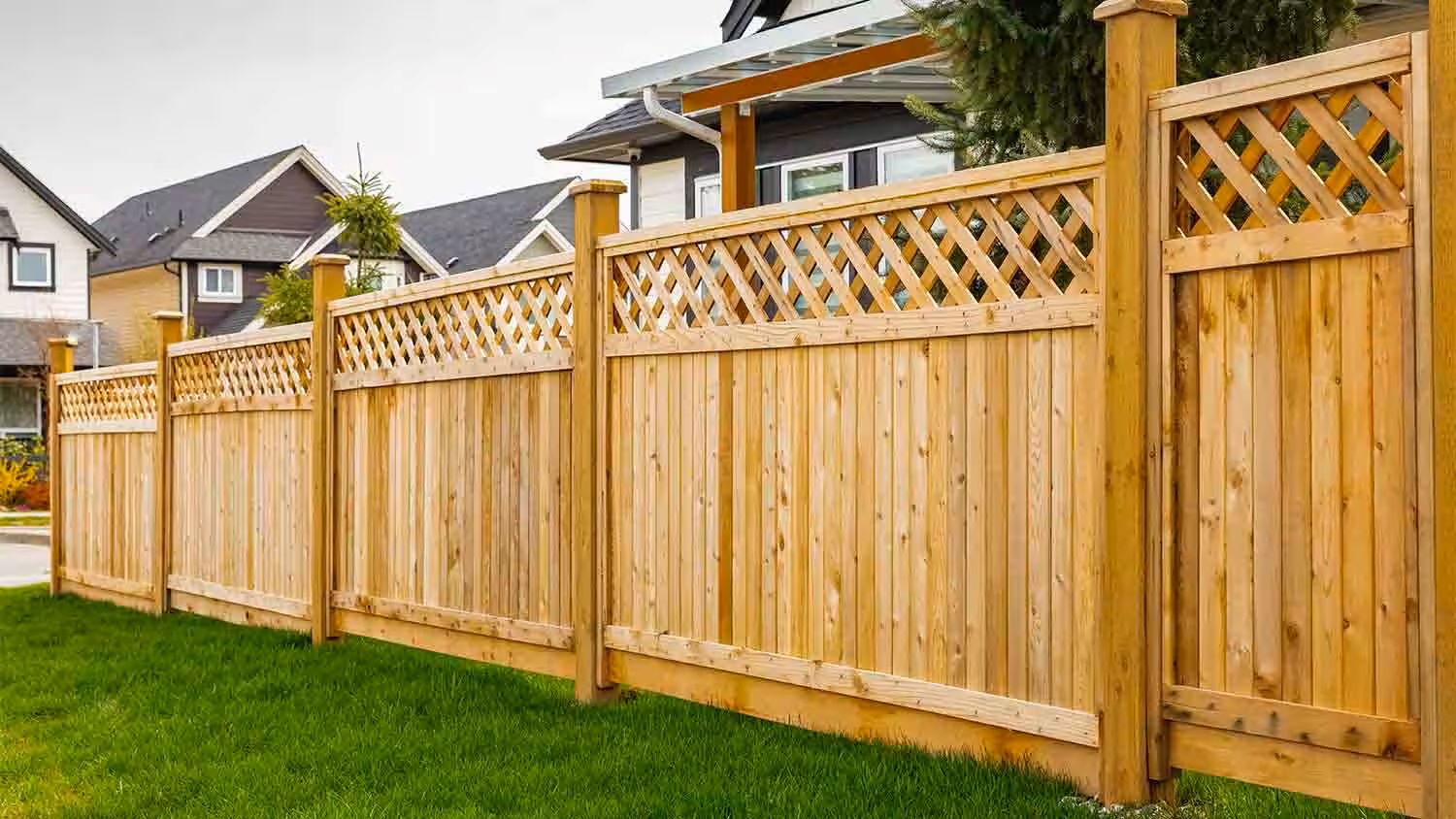
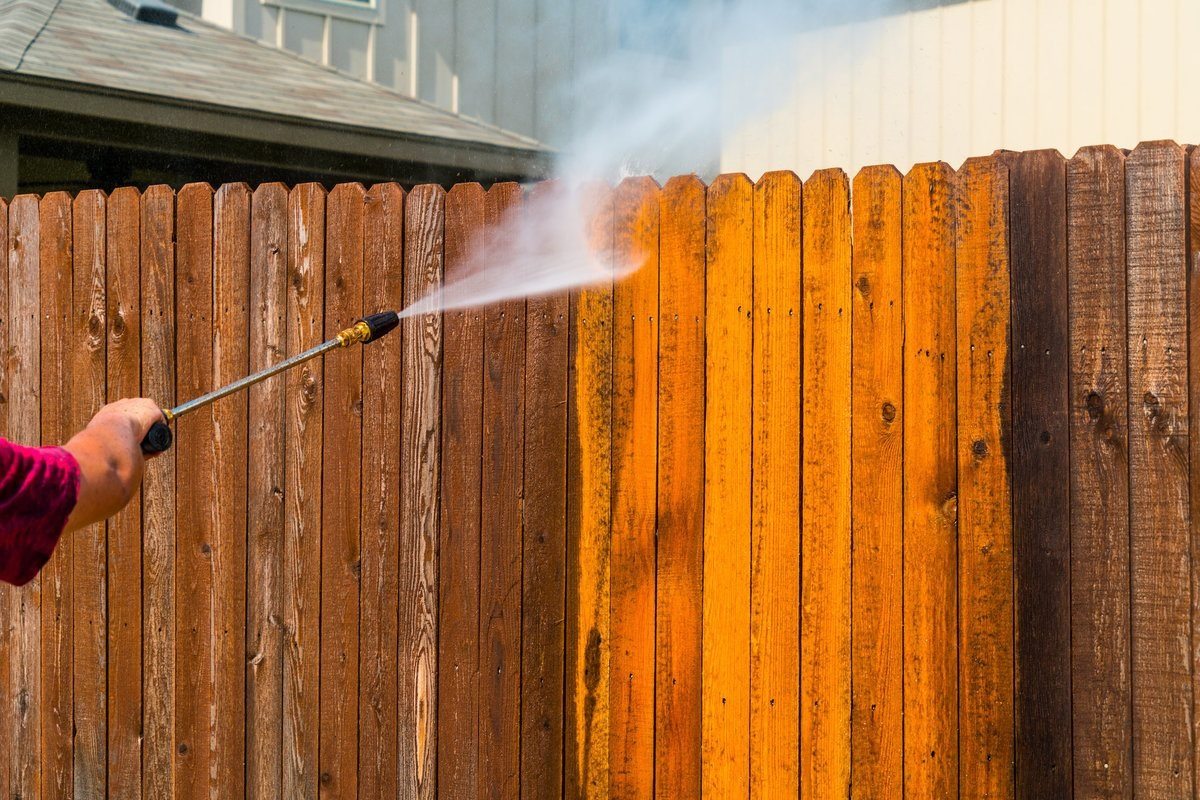
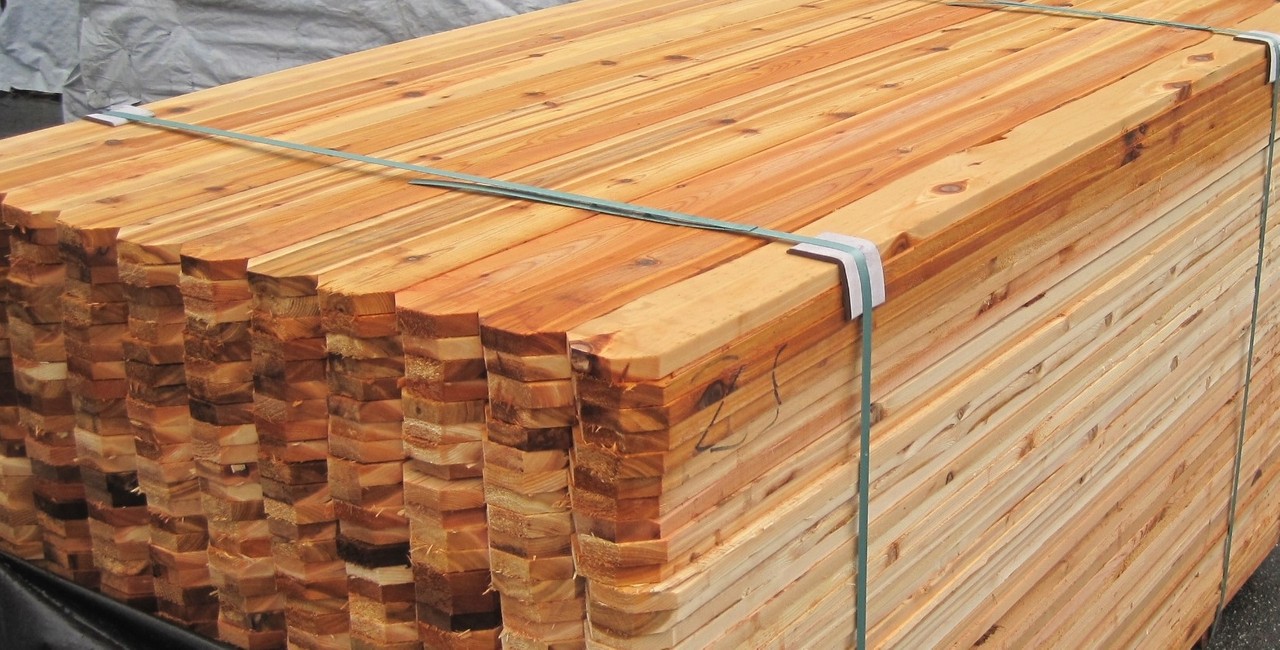
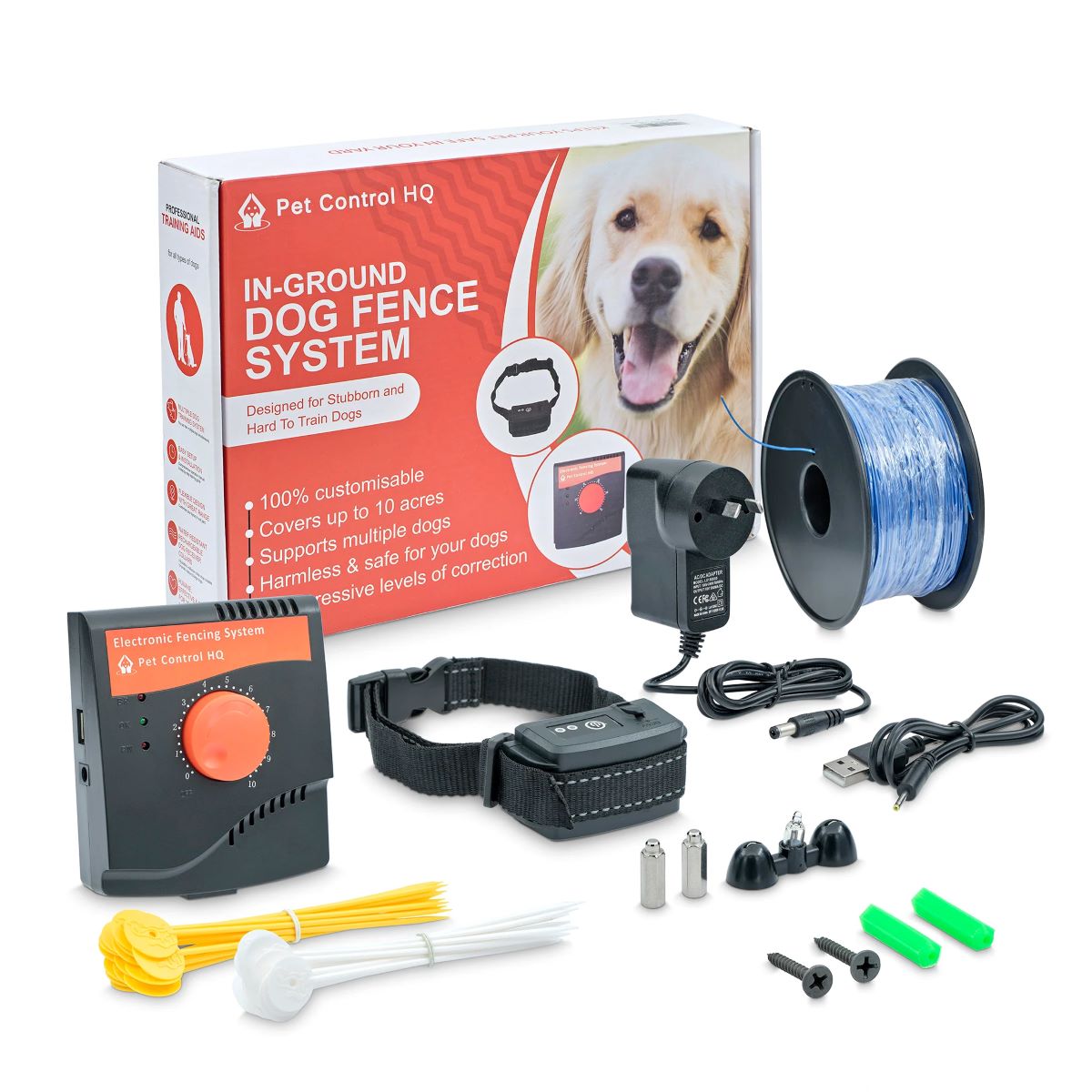
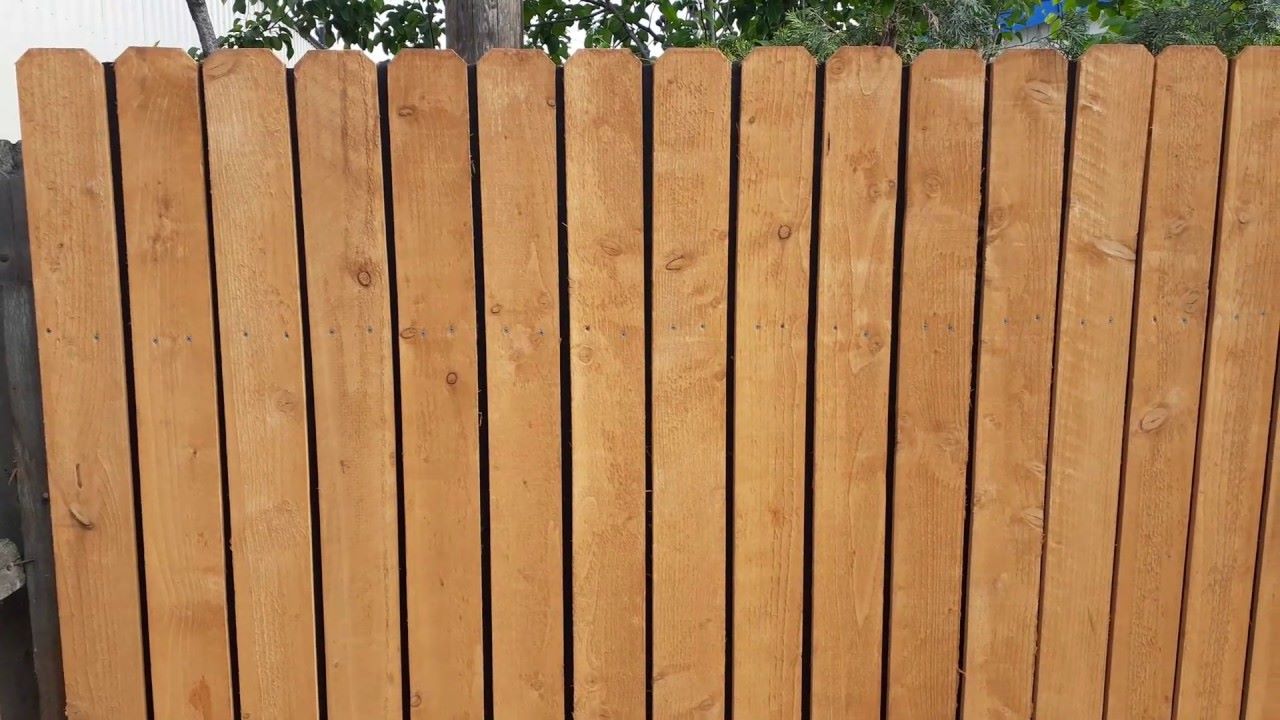

0 thoughts on “How Much To Replace A Fence”